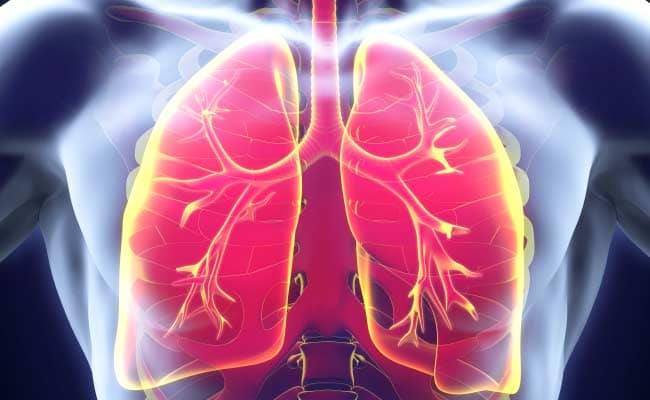The Raynaud’s disease causes some areas of the body (these areas are usually fingers and toes) to feel numb and cold in response to stress or cold temperature. In this disease, smaller arteries which are supplying the blood to the skin narrow which is limiting the blood circulation to the affected areas (vasospasm). It is known that women are having more chances to have Raynaud’s disease compared to men [1,2]. Raynaud’s disease is also known as Raynaud’s phenomenon or syndrome or Raynaud. This disease is more common in people who are living in colder climates [2]. The treatment of Raynaud’s disease depends on its severity and whether you have other health conditions. In the most cases, the Raynaud’s disease is not disabling condition for people but it can affect the quality of life.
Raynaud’s disease Symptoms
Symptoms: Here are signs and symptoms of Raynaud’s disease [3]:
- Numb, prickly feeling or stinging pain upon warming or stress relief
- You can have color changes in your skin in response to cold or stress
- Cold fingers or toes
When someone is having attack of Raynaud’s disease, the affected areas of the skin usually first turn white. Then, the affected area of skin turns blue and feels numb and cold. As the circulation improves and you warm, the affected areas may turn red, swell, tingle or throb. This condition is most commonly affecting the fingers and toes but also it can affect other parts of your body, such as ears, lips, nose and even nipples. After you are warm, it can take fifteen minutes for the normal blood flow to return to the area. It is known that if you have a history of severe Raynaud’s disease and you develop a sore or infection in one of your affected fingers or toes, then you need to talk with your doctor.
Raynaud’s disease Symptoms Causes
Causes: You should known it is not 100% understood the cause of Raynaud’s disease by doctors but the blood vessels in the feet and hands appear to overreact to stress or cold temperatures [4].
Blood vessels in spasm: When you have Raynaud’s disease, then arteries to your toes and fingers go into vasospasm when they are exposed to stress or cold, narrowing the vessels and temporarily limiting the blood supply. As time passes, these small arteries can thicken slightly and further liming blood flow. The cold temperatures are having highest chances to trigger an attack. It is known that the exposure to cold, such as putting your hands in cold water, being in cold air or taking something from a freezer, is the most likely to trigger. It is known fact that there are some cases when emotional stress can trigger an episode. [4]
Primary vs. secondary Raynaud’s: It is known that there are two main types of this condition.
- Primary Raynaud’s: This type is also called Raynaud’s disease. It is most common form which is not a result of an associated medical condition. This condition can be so mild so many people who have primary Raynaud’s do not seek medical treatment and this condition resolve on its own.
- Secondary Raynaud’s: This type of Raynaud’s is called Raynaud’s phenomenon. This is a type which is caused by an underlying problem. This condition is less common than the primary type but it tends to be more serious. The signs and symptoms of the secondary Raynaud’s are usually appearing around age 40 and they are later than the symptoms of the primary Raynaud’s. The most common causes for secondary Raynaud’s are injuries to the hands or feet; smoking; repetitive action or vibration; carpal tunnel syndrome; diseases of the arteries; connective tissue diseases.
Risk factors: Here are risk factors for primary Raynaud’s:
- Family history: If a first – degree relative, such as child, sibling or parent has this disease, then this is increasing your risk of Raynaud’s.
- Climate: People who live in colder climates have higher chances of developing primary Raynaud’s. [2]
- Age: Every single person can develop Raynaud’s, but this type of disease is often beginning between the ages of 15 and 30.
- Sex: Women are affected more than men [1,2].
Here are risk factors for secondary Raynaud’s disease:
- Exposure to certain substances: In this factor are included smoking, taking some medications which can affect the blood vessels and being exposed to certain chemicals, such as vinyl chloride. [5]
- Some types of occupations: In these occupations are included those things which are causing repetitive trauma, such as operating tools that vibrate.
- Associated diseases: These conditions are including lupus and scleroderma.
References:
[1] Fardoun MM, Nassif J, Issa K, et al. Raynaud’s phenomenon: A brief review of the underlying mechanisms. Frontiers in Pharmacology. 2016;7:438.
[2] Brand FN, Larson MG, Kannel WB, McGuirk JM. The occurrence of Raynaud’s phenomenon in a general population: The Framingham study. Vascular Medicine. 1997;2:296-301.
[3] Herrick AL. Evidence-based management of Raynaud’s phenomenon. Therapeutic Advances in Musculoskeletal Disease. 2017;9(12):317–29.
[4] Genetics Home Reference. Raynaud phenomenon. 2019. Retrieved from ghr.nlm.nih.gov/condition/raynaud-phenomenon
[5] Suter LG, Murabito JM, Felson DT, Fraenkel L. Smoking, alcohol consumption, and Raynaud’s phenomenon in middle age. The American Journal of Medicine. 2007;120(3):264-71.





